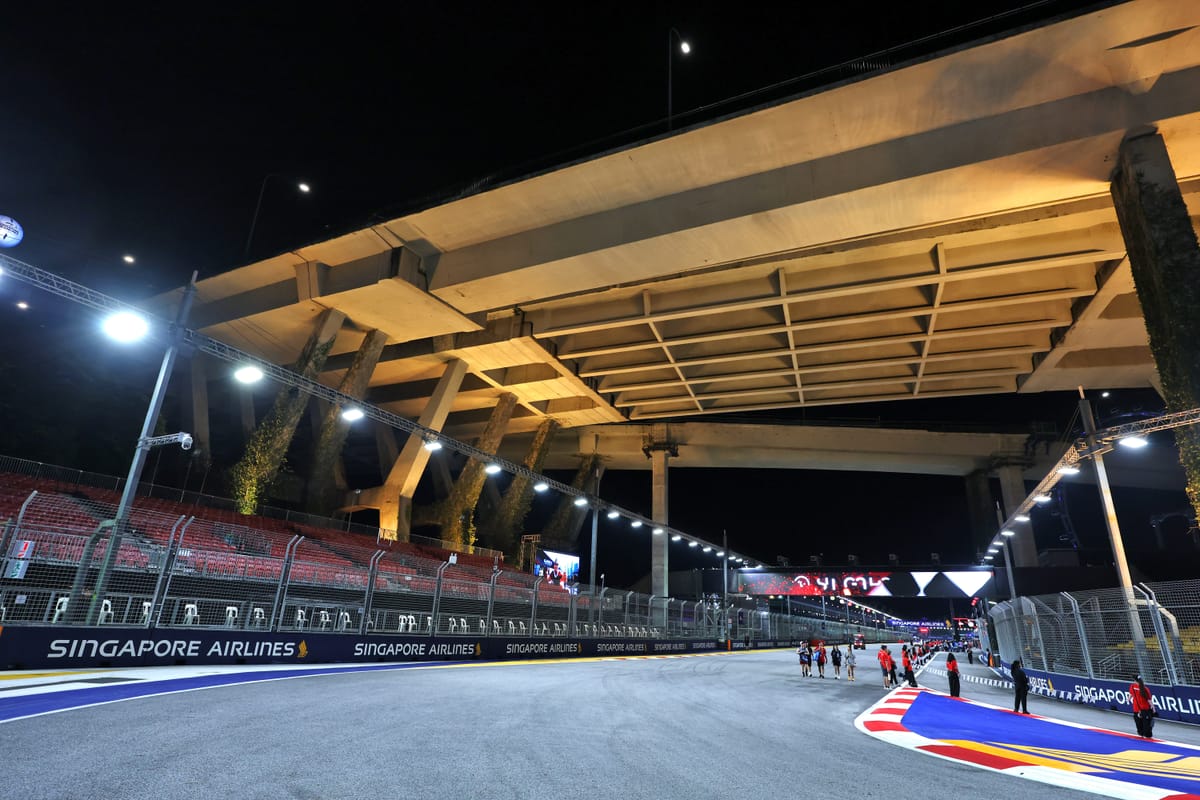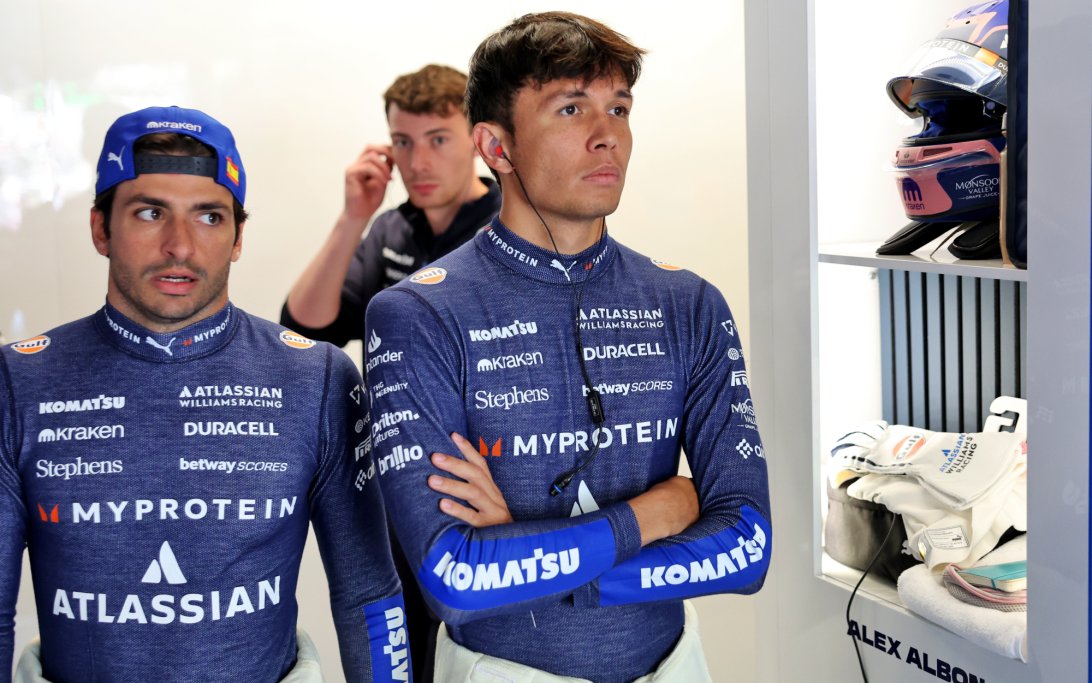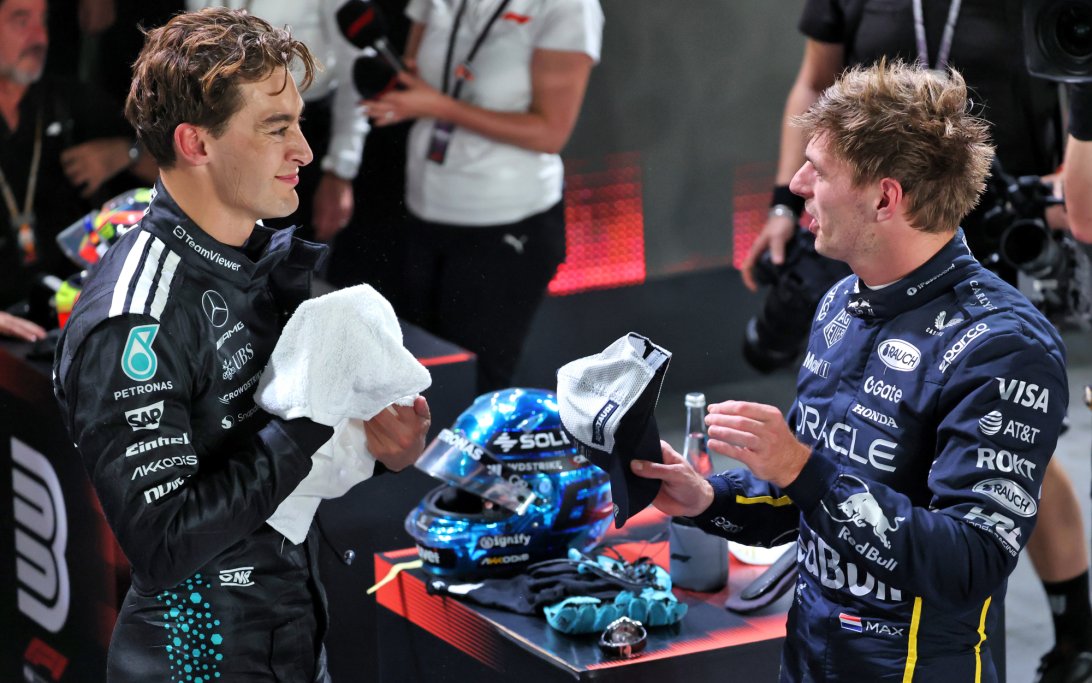
F1 Drivers Express Concerns Over Cooling Systems Ahead of Singapore GP 'Heat Hazard'
Formula 1 drivers are voicing two primary concerns regarding the mandatory cooling systems for the upcoming Singapore Grand Prix, an event officially declared a 'heat hazard' due to anticipated extreme conditions.
Why it matters:
The introduction of mandatory driver cooling systems marks a significant response to increasing concerns over driver welfare in extreme heat. Singapore's unique climate, characterized by high humidity and temperatures, consistently pushes the physical limits of F1 drivers. Ensuring these systems are both effective and comfortable is crucial for driver safety and performance, especially in one of the calendar's most demanding races.
The Details:
- 'Heat Hazard' Declaration: The event has been labeled a 'heat hazard' because the heat index, which accounts for both ambient temperature and humidity, is forecast to exceed 31°C.
- Cooling System Mechanics: The non-spec cooling system circulates a coolant through tubes in a vest worn by the driver. Permitted coolants include water, air, or an aqueous solution of sodium chloride, potassium chloride, or propylene glycol.
- Longevity Concerns: Many drivers, including Carlos Sainz, are skeptical about the system's ability to maintain its cooling effect for the entire duration of F1's longest race.
- Sainz noted that initial systems worked for about half an hour, with hopes for an hour of effectiveness now. He stated, “If it breaks or it doesn't work, I'm not worried: I'll do the race and I'll jump out fresh like I always do. But if it works, it's better because then you suffer a bit less.”
- 'Melting' Issues: Haas driver Ollie Bearman highlighted potential problems with ice (presumably used in the heat exchanger) melting too quickly, which could lead to hot water circulating and potentially heating the driver more than cooling them.
- Comfort Issues: Several drivers, including Fernando Alonso and George Russell, have noted minor discomforts.
- Alonso described it as “a position thing with the [safety] belt.”
- Russell, a GPDA director, initially experienced issues with tubes digging into his ribs during high-speed corners but confirmed improvements have been made. He believes it won't be a major issue in Singapore due to fewer high-lateral G-force corners.
- Ballast Integration: Sauber's Nico Hulkenberg and Aston Martin's Lance Stroll pointed out that since cars must carry ballast anyway, drivers might as well use the system.
What's next:
While most drivers are expected to use the system this weekend, its real-world effectiveness and durability over a full F1 race distance in extreme conditions will be closely monitored. This inaugural mandatory application will provide critical data for future refinements.
- Carlos Sainz expressed confidence that F1 engineers will continue to refine the systems, stating, “I wasn't expecting the system to be working flat out perfectly this first year. Then, always in F1, engineers and providers keep working at it and they find solutions and they get it to work.”
- If the systems prove more effective than anticipated, they could set a new standard for driver safety and performance in hot climates. If not, further innovations will be necessary to ensure optimal driver conditions.
Original Article :https://www.the-race.com/formula-1/f1-drivers-have-two-main-doubts-for-first-hea...









